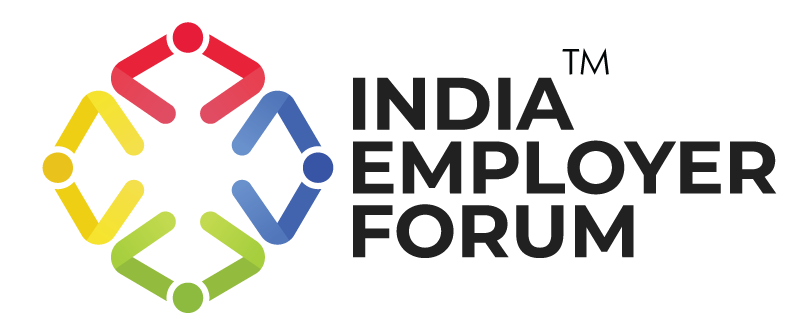It’s no secret that the Great Resignation has left many companies and organisations—big and small—in the most challenging situation they could ever imagine. As employees quit their jobs, employers are in deep water. Not only is this never-before turnover costing them productivity but also thousands of dollars. As a result, employers and HRs are rolling up their sleeves to find top talent and fill roles quickly.
Employers eyeing top-level candidates consider everything possible to speed up the recruitment process and ensure successful hires. As a result, they are increasingly turning to AI hiring tools to streamline their hiring process. While these tools can certainly cut short the lengthy hiring process by streamlining resume screening and inviting candidates for online interviews, they have some pitfalls.
You might also be interested to read: Intent to Hire Witness a Surge In the Current Quarter: TeamLease Employment Outlook Report
The problem with adopting AI hiring tools for resume screening
Deploying AI to the resume screening process only worsens pedigree bias, removing quality candidates before the interview process. Not only this, it also makes the bais harder to identify.
Screening candidates based on their resumes by considering pedigree indicators, such as the previous employer, total experience, or qualifications, has always been biased. Commanding AI to look at such indicators for screening candidates prevents qualified talent who do not fall under the set indicators from getting selected for the next rounds. And no one would want to question whether the chosen talent meets the job requirement or not because AI tools are ideally programmed to filter the best resumes.
Mitigating AI-induced pedigree bias in hiring
Since AI hiring tools are programmed to identify patterns in historical data to make future hiring decisions, they consider the data of past employees as a metric when separating the best candidates. To reduce this type of AI bias driving bad hiring decisions, HRs need to give more weight to interviews to direct applicants.
When it comes to interviews, introducing a human plus tech approach would allow interviewers to build a rapport with the applicants, provide clarity, and enable the applicants to be their best selves during the interview, all of which is of the utmost importance to interviewers to make accurate judgements. This way, HRs can give candidates a predictive, fair, and enjoyable interview session.
Direct applicants are also over-screened. So much so that only 10% of direct applicants for IT job roles make it to the interview stage. By loosening the resume screening requirements for direct applicants, HR can eliminate pedigree bias and make it easier for the applicants to go through the entire process.
Bottom line
Although AI hiring tools are on the rise, it is crucial to understand the drawbacks when screening resumes. Preferring direct applicants over others is one way to mitigate the pedigree bias AI tends to bring. Using a human plus tech approach when interviewing candidates is another way to ensure that interview sessions are enjoyable and equitable for applicants. They can put their best foot forward, allowing interviewers to make better hiring decisions.
Reference: 2 Ways To Avoid Pitfalls of AI Usage in Tech Hiring Processes | Portia Kibble-Smith | 18 April 2022
You might also be interested to read:






